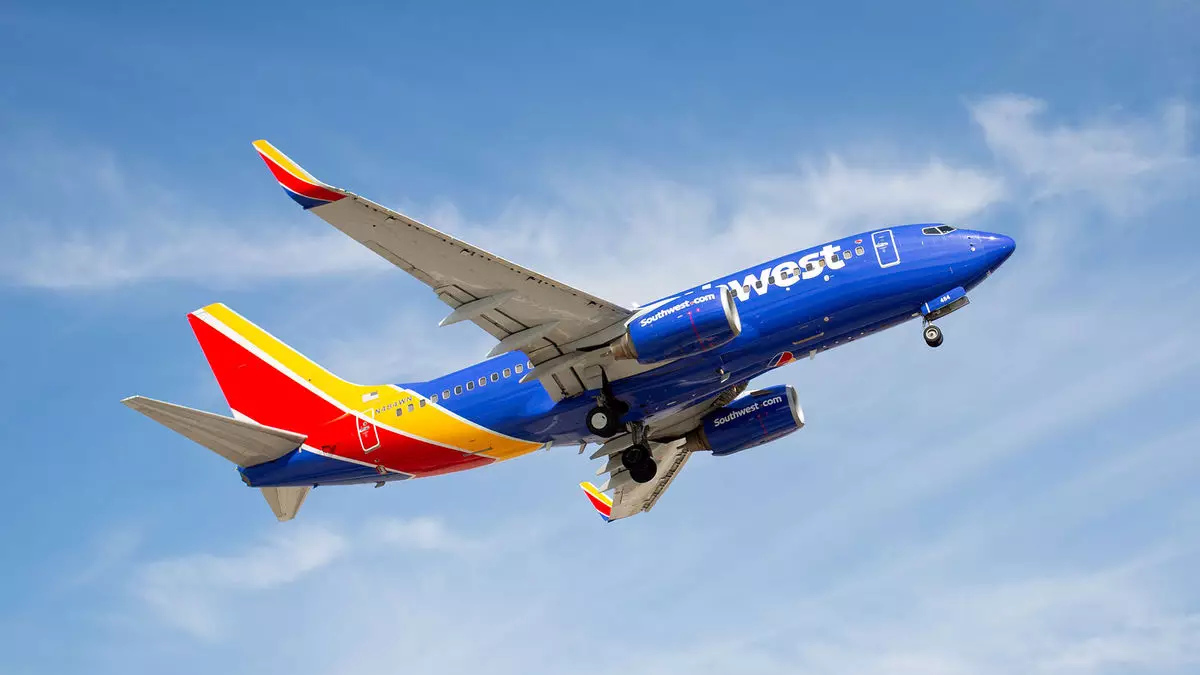Southwest Airlines is poised to enter a new phase in its operational strategy as it enhances its New Distribution Capability (NDC) framework. This shift is aimed at enabling the airline to sell additional services such as extra-legroom options and assigned seating. In a recent webinar on February 6, the airline’s leadership expressed their commitment to this technological evolution, emphasizing that the initiative is designed to modernize their sales processes rather than to impose restrictions or create NDC-exclusive offers.
NDC is an IATA-led initiative that aims to improve the way air products are distributed to customers. By adopting this technology, Southwest intends to streamline how it sells products via Global Distribution Systems (GDSs). The airline’s leaders, Aileen Furlong and Andrew Watterson, made it clear that the intent behind NDC is not to limit content availability, but rather to modernize the way that existing offerings are made accessible. This pivot marks a significant evolution in Southwest’s approach to merchandising, moving from a simplified model towards a more complex and customized service structure.
For customers eager for a more personalized flying experience, the introduction of assigned seating and extra-legroom seats is noteworthy. While Southwest has traditionally adopted an open seating approach, which has garnered positive feedback from many travelers, the company recognizes the need to adapt to changing consumer preferences and market demands. The planned timeline suggests that bookings for these new seating arrangements could commence later this year, with flights expected to begin as early as 2026. This future offering reflects a growing trend in the airline industry towards customization and passenger-centric services.
Currently, Southwest utilizes GDS primarily for corporate reservations, while leisure bookings are managed through other channels, including travel management companies (TMCs) and the airline’s proprietary booking platform, Swabiz. The airline’s operational model historically focused on simplicity, which exemplified its unique brand identity. However, as the market evolves and customer expectations heighten, the integration of NDC denotes a hybrid strategy that embraces both traditional and modern sales avenues.
While specifics regarding the timeline for implementing the NDC-enabled offerings into the GDS remain vague, the airline’s executives have acknowledged that the deployment will depend heavily on the pace of technological readiness. As the company lays the groundwork for these innovations, it is committed to keeping customers and partners informed about the progress. The anticipated updates hint at a transitional period as Southwest gears up for a more dynamic engagement with its customer base.
Southwest Airlines’ initiative to harness NDC signifies a broader trend among airlines to adopt technology that enhances the customer experience. This movement towards incorporating assigned seating and extra-legroom options reflects not just an operational shift but a strategic realignment to meet the expectations of modern travelers. As the aviation landscape continues to transform, Southwest’s focus on technological advancement suggests a commitment to staying relevant and competitive in an ever-evolving market.

